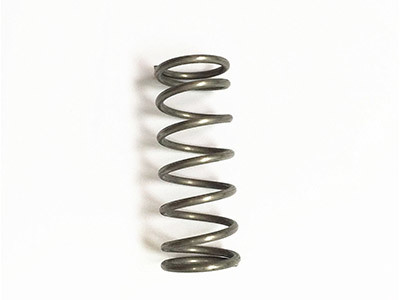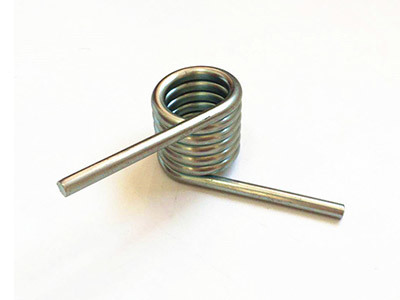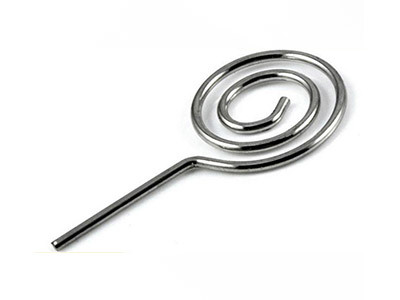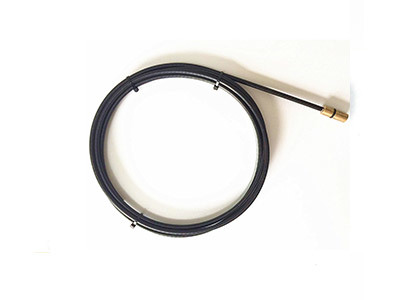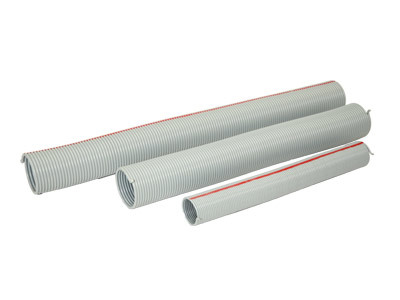Understanding Coil Springs: Essential Components for Building and Decorative Hardware
Release Time:
2025-10-01
Coil springs are mechanical devices designed to absorb energy and provide resistance to forces. They are commonly used in a wide range of applications, particularly in the building and decorative hardware industry. Understanding the role of coil springs can enhance the performance and reliability of various hardware components, such as doors and windows. One of the primary functions of coil spring

Coil springs are mechanical devices designed to absorb energy and provide resistance to forces. They are commonly used in a wide range of applications, particularly in the building and decorative hardware industry. Understanding the role of coil springs can enhance the performance and reliability of various hardware components, such as doors and windows.
One of the primary functions of coil springs is to support and stabilize mechanisms. For instance, in doors, coil springs can aid in the ease of opening and closing, ensuring smooth operation while also maintaining structural integrity. This functionality is particularly important in high-traffic areas where durability is essential.
There are several types of coil springs, including compression, extension, and torsion springs, each serving unique purposes. Compression springs are designed to compress when a load is applied, making them ideal for applications where space is limited. Extension springs, on the other hand, stretch under tension and are commonly used in mechanisms that require a pulling force, such as window sashes. Torsion springs are engineered to twist and are often utilized in applications like door hinges, providing the necessary force to keep doors securely closed or open.
In the realm of decorative hardware, coil springs enable intricate designs while ensuring functionality. They can be found in various decorative elements such as drawer slides, cabinet doors, and even in furniture, where they contribute to both aesthetic appeal and practical utility.
Selecting the right coil spring for a specific application is crucial. Professionals must consider factors such as material composition, spring dimensions, and load requirements. Common materials for coil springs include stainless steel, which offers corrosion resistance, and high-carbon steel, known for its strength and durability. By understanding these materials and their properties, builders and designers can make informed choices that enhance the longevity of their products.
Moreover, proper installation and maintenance of coil springs are essential to ensure optimal performance. Regular inspections can help identify wear and tear, allowing for timely replacements and minimizing potential failures. By prioritizing quality and maintenance, professionals can significantly improve the lifespan and reliability of their hardware components.
In summary, coil springs are indispensable in the building and decorative hardware industry, serving crucial functions that enhance the performance of doors, windows, and various decorative elements. By understanding the types of coil springs and their applications, professionals can leverage their benefits to create robust and aesthetically pleasing solutions in their projects. Emphasizing quality selection and maintenance will ensure that these essential components continue to perform efficiently over time.
One of the primary functions of coil springs is to support and stabilize mechanisms. For instance, in doors, coil springs can aid in the ease of opening and closing, ensuring smooth operation while also maintaining structural integrity. This functionality is particularly important in high-traffic areas where durability is essential.
There are several types of coil springs, including compression, extension, and torsion springs, each serving unique purposes. Compression springs are designed to compress when a load is applied, making them ideal for applications where space is limited. Extension springs, on the other hand, stretch under tension and are commonly used in mechanisms that require a pulling force, such as window sashes. Torsion springs are engineered to twist and are often utilized in applications like door hinges, providing the necessary force to keep doors securely closed or open.
In the realm of decorative hardware, coil springs enable intricate designs while ensuring functionality. They can be found in various decorative elements such as drawer slides, cabinet doors, and even in furniture, where they contribute to both aesthetic appeal and practical utility.
Selecting the right coil spring for a specific application is crucial. Professionals must consider factors such as material composition, spring dimensions, and load requirements. Common materials for coil springs include stainless steel, which offers corrosion resistance, and high-carbon steel, known for its strength and durability. By understanding these materials and their properties, builders and designers can make informed choices that enhance the longevity of their products.
Moreover, proper installation and maintenance of coil springs are essential to ensure optimal performance. Regular inspections can help identify wear and tear, allowing for timely replacements and minimizing potential failures. By prioritizing quality and maintenance, professionals can significantly improve the lifespan and reliability of their hardware components.
In summary, coil springs are indispensable in the building and decorative hardware industry, serving crucial functions that enhance the performance of doors, windows, and various decorative elements. By understanding the types of coil springs and their applications, professionals can leverage their benefits to create robust and aesthetically pleasing solutions in their projects. Emphasizing quality selection and maintenance will ensure that these essential components continue to perform efficiently over time.
Related News
